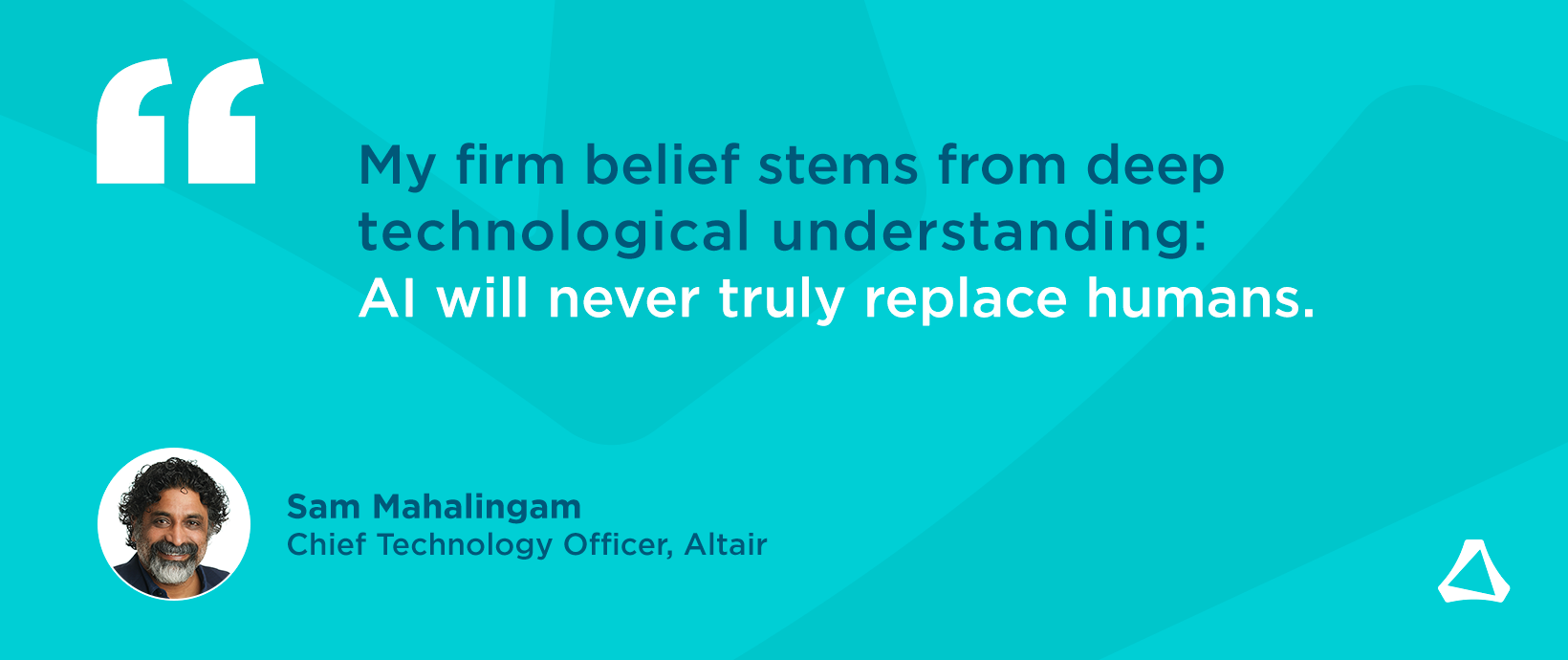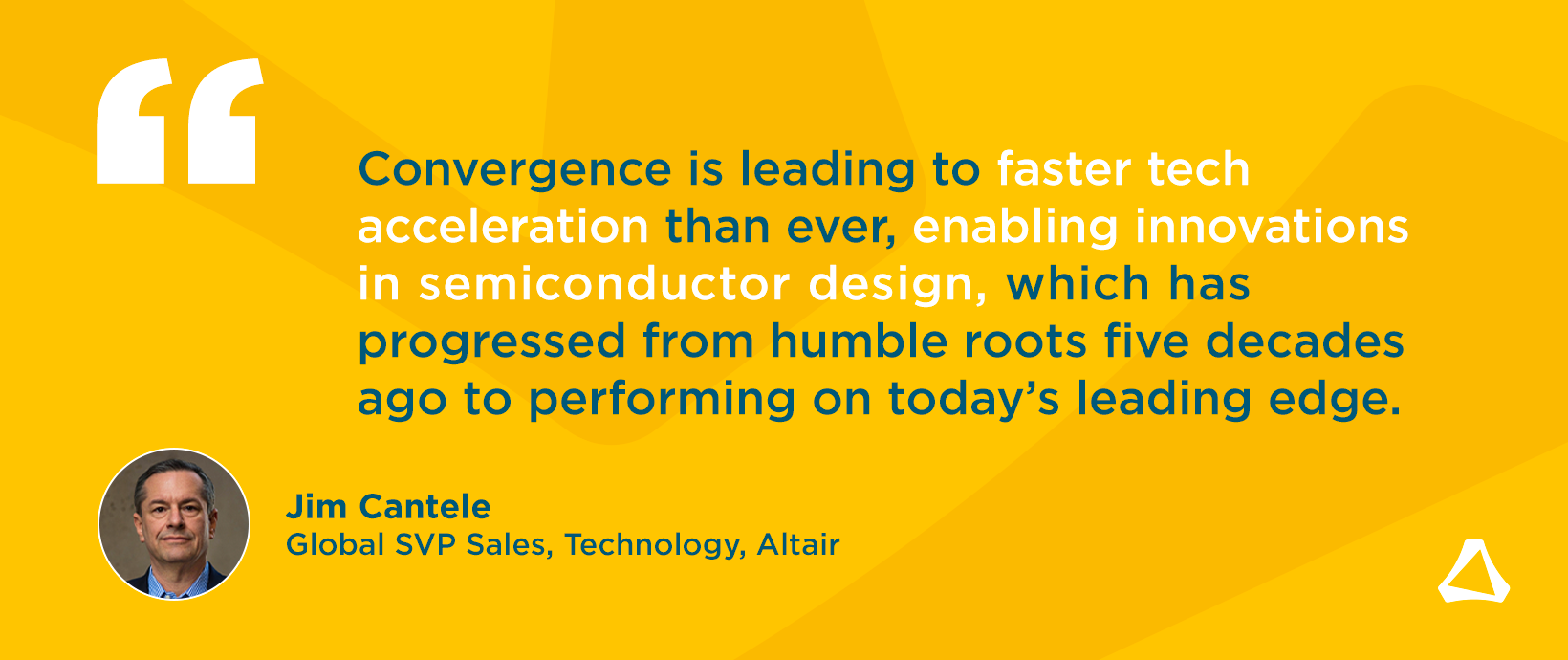Altair® Inspire™ 2023: The Market’s Best-in-Class Implicit Modeling Solution
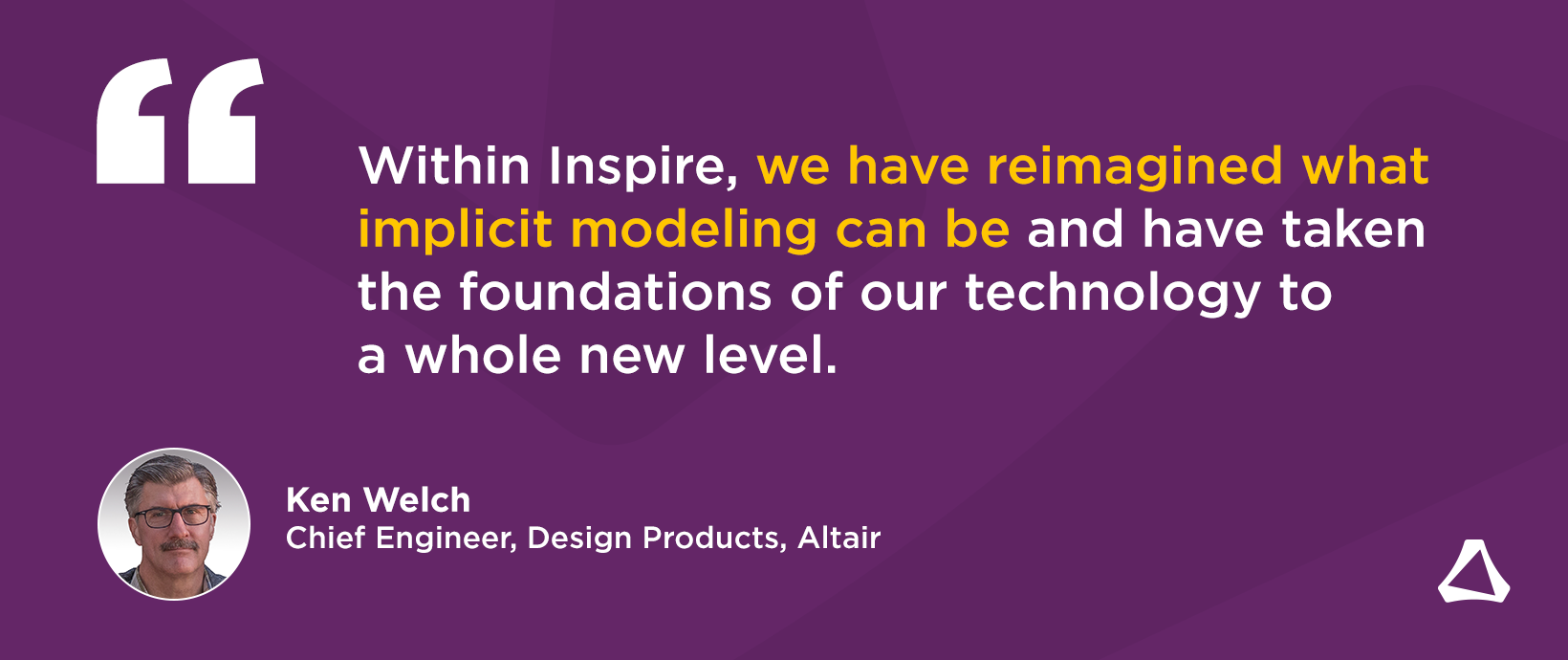
The 3D additive manufacturing market is growing fast. According to a recent McKinsey report, the additive manufacturing market has grown into a more than $14 billion market with an annual growth rate of 22%. New 3D print methods and materials are allowing additive manufacturing to find applications in a wide variety of markets such as aerospace, automotive, healthcare, consumer goods, sports equipment, architecture, and more. No longer are parts limited to simple plastic prototypes. Today, teams can create high-quality, high-performance metal parts. Additive manufacturing’s potential to reshape the world around us is immense.
Driving this growth is 3D additive’s unique ability to manufacture complex lattice-based parts. These part shapes provide huge design variation possibilities and enable us to think about things like lightweighting and thermal dissipation in new ways.
However, this new manufacturing capability poses a problem. Traditional design tools based on boundary representation (B-rep) or PolyNURBS are not well suited to model this extreme geometric complexity. In fact, in most cases, capacity and performance limitations make traditional methods impractical. Enter implicit modeling. With implicit modeling, geometry is defined and controlled using 3D fields, giving users unmatched control and creative freedom. This allows users to easily handle models of extreme complexity. Done properly, implicit modeling allows for the seamless and intuitive manipulation of shapes, streamlining geometry creation and editing.
Despite implicit modeling’s immense potential, today’s implicit modeling tools have faced criticism and often frustrated users. Steep technical learning curves, unfamiliar user interfaces, lack of compatibility with traditional CAD workflows, and difficulties in interfacing with downstream CAE processes have been key concerns.
Altair recognized these issues and set out to address them. In June 2022 we acquired Gen3D, an emerging technology leader in the implicit modeling space. While we continued to support Gen3D existing products, Sulis Lattice and Sulis Flow, we understood that a more integrated path was required to unlock implicit modeling technology’s full potential.
Altair® Inspire™ 2023: Meeting the Market’s Implicit Modeling Needs
Today, I am thrilled to announce that Altair® Inspire™ 2023 includes an all-new integrated implicit modeling capability. Within Inspire, we reimagined what implicit modeling could be and took the foundations of our Sulis technology to a whole new level.
Inspire’s implicit modeling is totally unique in the market. To start, it uses familiar CAD workflows with parametric construction history across all geometric representations. This means users can seamlessly model in any geometric domain – including B-rep, polyNURBS, facet, or implicit – and go back and forth between them as desired.
Second, Inspire’s implicit modeling is fast! It uses GPU acceleration for geometry creation and rendering. All parameters are interactive and provide dynamic model updates in real time, no matter how big or complex a model is. Want a photorealistic representation of your lattice design? Inspire 2023 contains an all-new graphics pipeline that shares the same GPU memory and provides picture perfect visuals in real time.
“Advanced graphics and compute are required to keep up with today’s complex modeling, visualization, and additive manufacturing challenges,” said Baskar Rajagopalan, director of manufacturing developer relations, NVIDIA. “By powering its innovations with NVIDIA CUDA, Altair is poised to deliver ultra-fast workflows on the latest NVIDIA RTX professional GPUs for accelerated computing, which will help drive innovation in the industry.”

A GPU concept designed using implicit lattice heat sinks.
Third, Inspire’s implicit modeling provides an intuitive, flexible, field-driven design paradigm. Fields are very general; they can reference geometry, B-rep features, simulation data, point clouds, or even other implicit functions. Like all other implicit modeling tools, fields are dynamically updated as they are being defined. As such, users can immediately see their impact on the underlying geometry.


Altair SimSolid® analysis on B-rep and implicit merged geometries.
Fourth, Inspire’s implicit modeling is infinitely extensible through a rich Python-based API. More than 75 documented examples are available directly to users in the GUI and can be edited and run interactively.
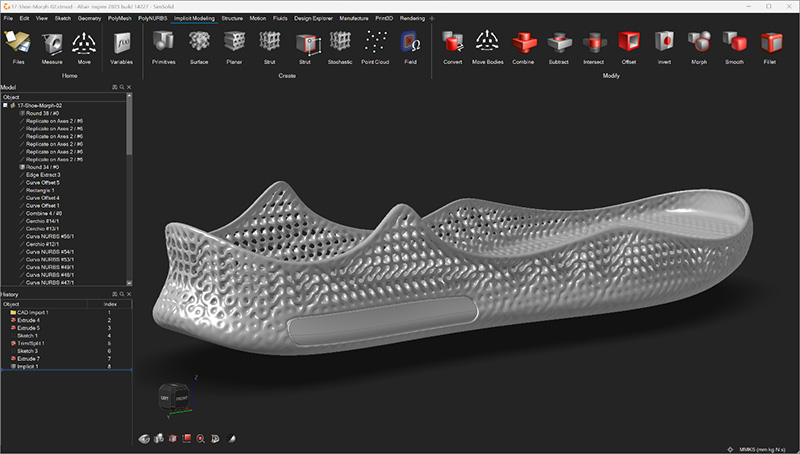
Three custom fields to vary lattice density over a shoe sole.
Best of all, Inspire’s implicit modeling links out to the wider Altair simulation ecosystem. It provides a platform that’s truly unrivaled in the industry today.
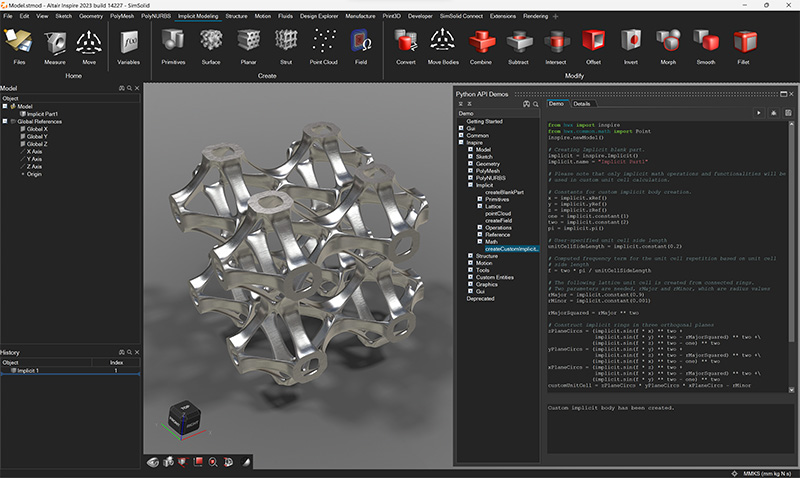
Conclusion
In conclusion, I believe that Altair has tackled the most common concerns surrounding today’s implicit modeling tools and has created a solution that’s more accessible to engineers and designers across the board. By addressing these challenges, Altair has made it seamless and easy for users to adopt and integrate implicit modeling into their mainstream practices.
Put simply, Inspire 2023 is the biggest, most comprehensive release of Inspire ever. Inspire users, even longtime ones, are going to be blown away by what it can now do, and I look forward to making Inspire even better in the months and years to come. I’m excited to see what our users will be able to do with Inspire’s leading capabilities, and I anticipate seeing implicit modeling and additive manufacturing become an even greater force in the market thanks to Inspire’s unparalleled power.
Check out the videos below to see this new technology in action.
Inspire implicit modeling overview.
Inspire rendering overview.
Click here to register for our upcoming Inspire webinars dedicated to implicit modeling and rendering technology. To learn more about Inspire, visit https://altair.com/inspire.



